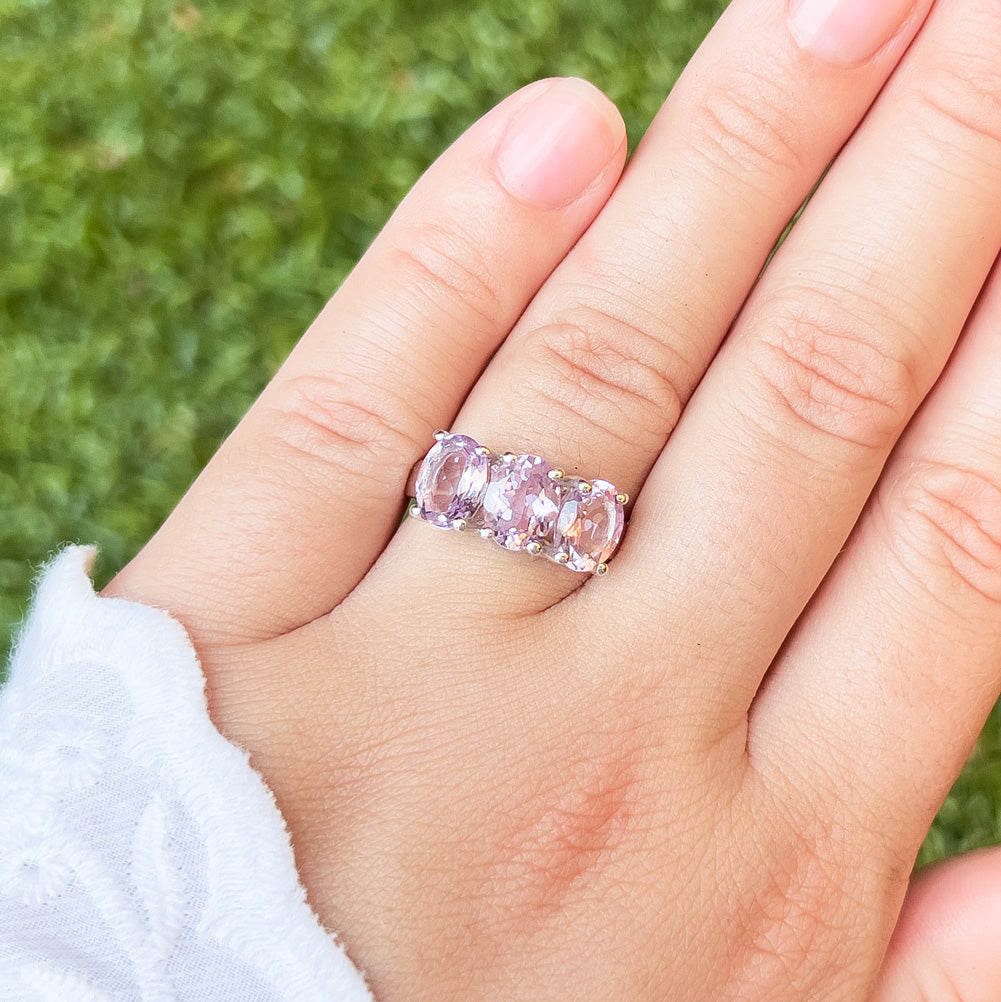
Antique Jewelry: How to Determine Value and Authenticity
Share

Antique jewelry is a fascinating and valuable collector's item that can be a great addition to any jewelry collection. However, determining the value and authenticity of antique jewelry can be challenging. In this article, we will explore the key factors that determine the value and authenticity of antique jewelry and provide some tips on how to identify and authenticate antique jewelry.
The first factor that determines the value of antique jewelry is its age. The older the piece, the more valuable it is considered to be. Jewelry that dates back to the 18th or 19th century is considered to be antique and is generally more valuable than jewelry from the early 20th century.
The second factor that determines the value of antique jewelry is its rarity. Pieces that are one-of-a-kind or were produced in limited quantities are considered to be more valuable than those that were mass-produced. Additionally, jewelry that is made from rare or precious materials, such as gold or diamonds, is also considered to be more valuable than those made from more common materials.
The third factor that determines the value of antique jewelry is its condition. Jewelry that is in excellent condition is considered to be more valuable than jewelry that is damaged or has been repaired. It's important to look for signs of wear and tear, such as missing stones or discoloration, which can greatly affect the value of the piece.
When it comes to determining the authenticity of antique jewelry, there are several key factors to consider. The first is the hallmark, which is an official stamp or mark that indicates the metal content of the piece and the maker of the piece. Hallmarks can also indicate the date of manufacture of a piece. It's important to note that hallmarks can be faked, so it's always a good idea to consult a professional before making any assumptions about the authenticity of a piece.
Another factor to consider when determining the authenticity of antique jewelry is the craftsmanship. Authentic antique jewelry is often made by hand and has unique characteristics that distinguish it from mass-produced jewelry. It's important to examine the piece closely to look for signs of hand-crafted work, such as uneven stones or imperfections in the metal.
The last factor to consider when determining the authenticity of antique jewelry is the provenance. Provenance refers to the history and ownership of a piece of jewelry. A piece of antique jewelry that can be traced back to its original owner or has documentation of its history is considered to be more valuable and authentic than a piece without provenance.
In conclusion, determining the value and authenticity of antique jewelry can be a challenging task. It's important to consider factors such as age, rarity, condition, hallmark, craftsmanship, and provenance when evaluating a piece.
